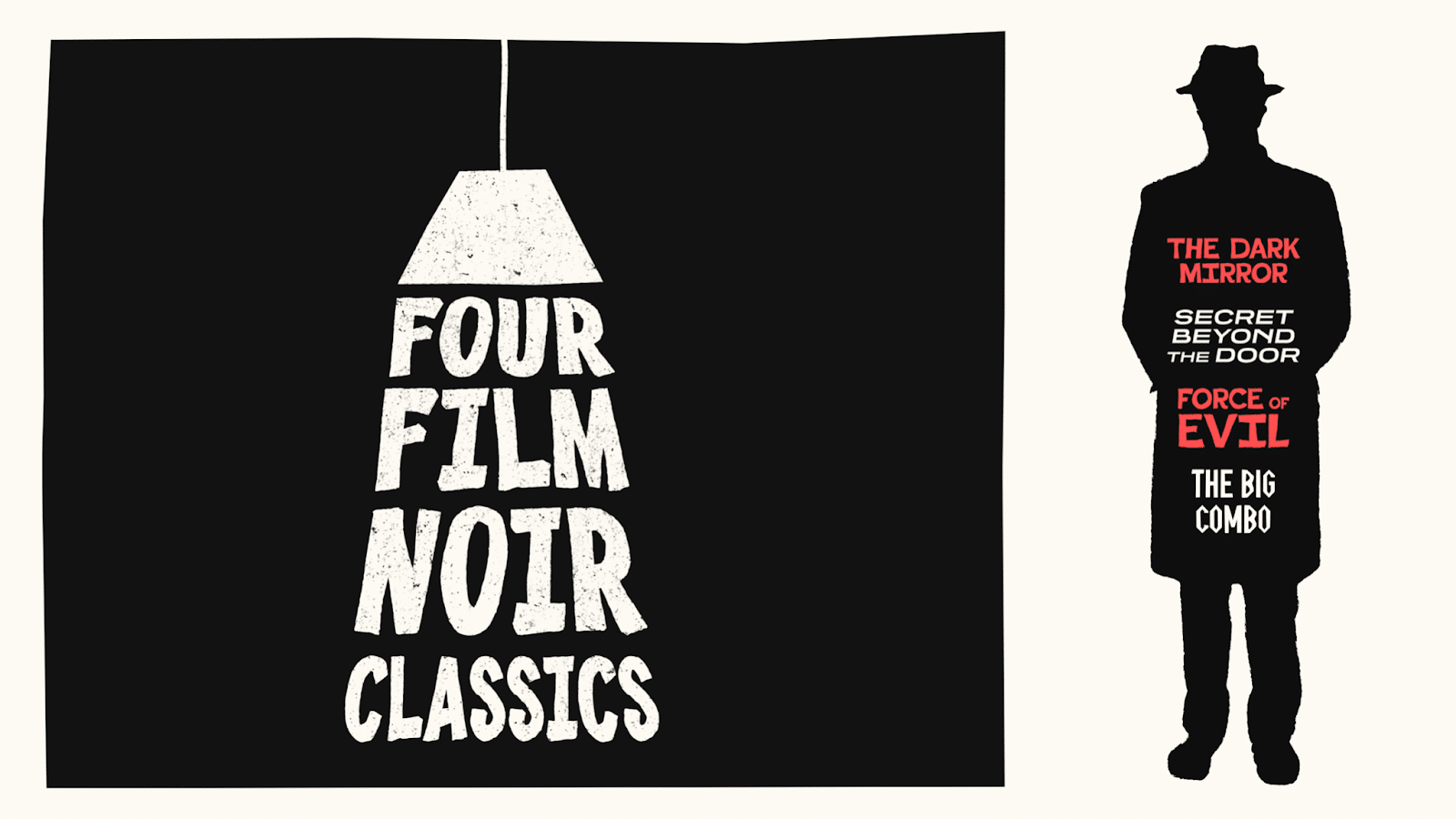Dir.: David Cronenberg; Cast: James Spader, Holly Hunter, Deborah Kara Unger, Elias Koteas, Rosanna Arquette; Canada 1996, 100 min.
Crash certainly broke ground on its release in 1996. Cronenberg adapted the screen hit from the 1973 novel by JG Ballard’s 1973 who was declared “beyond any psychiatric help” by a publishing house critic back in the day.
The thriller won the Special Jury Prize “for Audacity” at the 1996 Cannes Film Festival, where it was talk of the town, Crash feels rather trite in the age of the Pandemic, twenty five years later.
James Spader plays Ballard, a TV producer ‘enjoying’ an open relationship with his wife Catherine (Unger). The two entertain each other with salacious titbits from their extra-marital affairs. But even this kinky variation does not satisfy them – there is still something missing.
The ‘something’ is rather shockingly (at least at the start) a love for car crash related sex. After one such incident Ballard just pulls through although the other driver is killed. He gets together with the female accident survivor Dr. Helen Remington (Hunter) and she introduces him to fellow crash fanatic Vaughan (Koteas), a veteran of staged accidents, and James is entranced by their post crash sex.
Poor Catherine has to wait for her own crash before she can join the elite circle of sex-crash survivors. Vaughan meanwhile re-stages the 1955 deadly crash which killed James Dean, complete with Dean’s ‘Porsche Spyder’. Not satisfied with his endeavour, Vaughan plans for the re-construction of the Jane Mansfield decapitation. After Catherine finally had her own collision – not a particularly impressive one – she can join her husband again. But this time Rosanna Arquette joins the party in a chrome body suit and leg braces, and the re-united couple and Helen can have a three-some of sorts.
DoP Peter Suschitzky shows a barren, snowbound Toronto in keeping with Cronenberg’s habitual bleak dystopian world inhabited by these hybrid characters. For once the director shares a different view: “Even though people think the movie is cold, I don’t think it’s cold. It begins cold, but gradually fills with emotions. It is subtle and not delivered the normal way it’s delivered in movies.” Viewers might find it difficult to come to terms with this new subculture where the addicts seek “to re-experience the mortality they so narrowly escaped by purposefully getting into more accidents where the only goal is to have sex with fellow survivors”. Cronenberg paints the small elite “of people who understand the crash epiphany, which allows them to relate each other”. By definition, there is a whole outside world, where everyone is irrelevant to the self-styled elite of death-seekers – Freud would have had his fun with analysing them. But Cronenberg seems unaware of his closeness to Nietzsche’s postulate of “Mensch and Übermensch: “The subject of the film is there is no moral stance that you can take. And if impose my own art artificial standards, then I am completely spoiling my experiment, which is to let these creatures have their head and try to re-invent all these things they are trying to re-invent”.
Some films are made to be just for a particular moment, that’s were Crash belongs, a piece of utter decadence, great to look at, but ultimately driving on empty. AS
CRASH IS NOW ON DIGITAL BFI PLAYER |

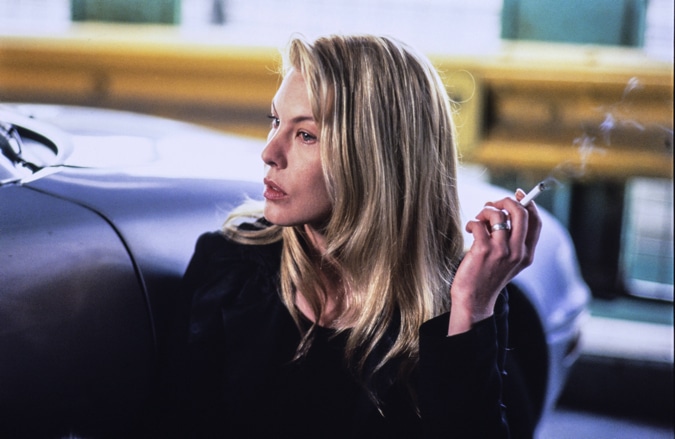
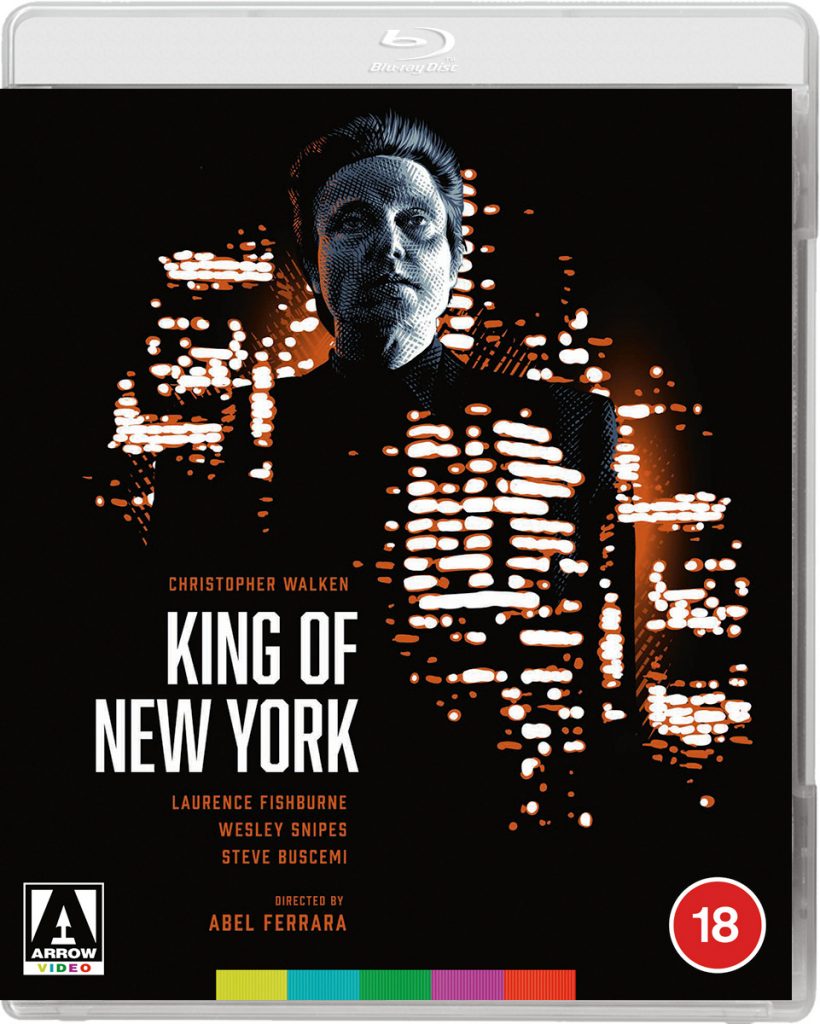
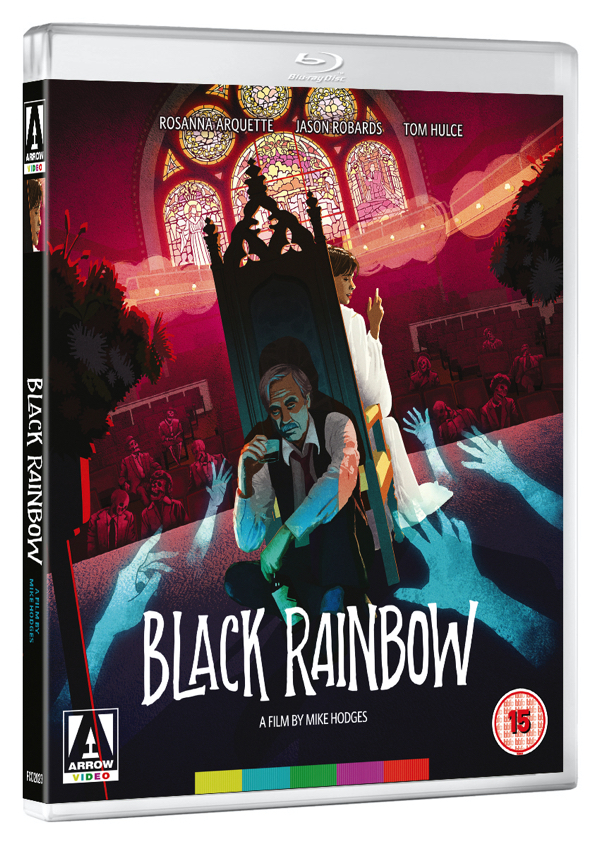 Rosanna Arquette shines as a clairvoyant on tour with her father (Jason Robards) in this supernatural curio from undervalued English director Mike Hodges.
Rosanna Arquette shines as a clairvoyant on tour with her father (Jason Robards) in this supernatural curio from undervalued English director Mike Hodges.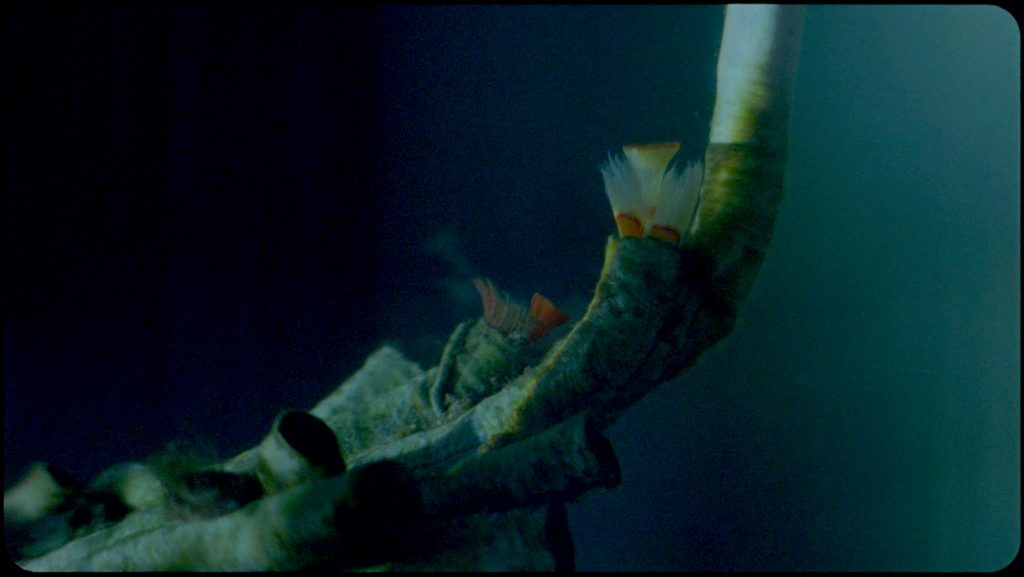 Director Margaret Salmon, who made the hyper realist fantasy drama Eglantine (2016) develops her worthwhile and enchanting filmic forays into the natural world that started with P.S. in 2002, and continued with Everything That Rises Must Converge (2010); Enemies of the Rose (2011); Gibraltar (2013); Pyramid (2014) and Bird (2016), amongst other titles. Very much festival fare, but valuable in their thoughtful exploration of the British Isles, and often further afield. MT
Director Margaret Salmon, who made the hyper realist fantasy drama Eglantine (2016) develops her worthwhile and enchanting filmic forays into the natural world that started with P.S. in 2002, and continued with Everything That Rises Must Converge (2010); Enemies of the Rose (2011); Gibraltar (2013); Pyramid (2014) and Bird (2016), amongst other titles. Very much festival fare, but valuable in their thoughtful exploration of the British Isles, and often further afield. MT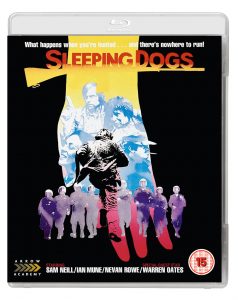 Dir: Roger Donaldson | Sam Neill, Warren Oates | 107′ | NZ Thriller
Dir: Roger Donaldson | Sam Neill, Warren Oates | 107′ | NZ Thriller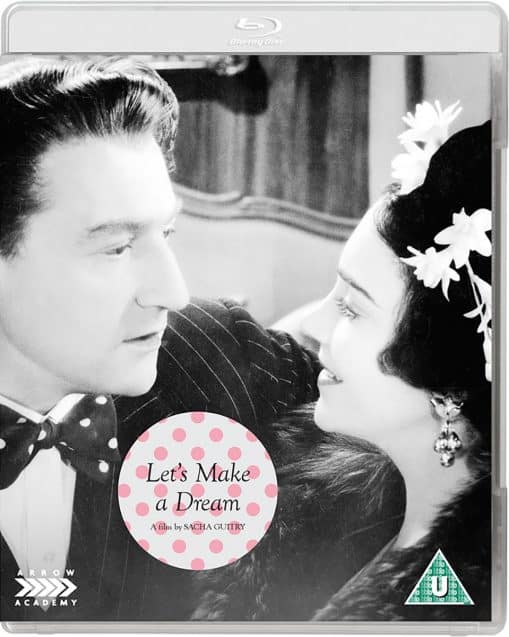
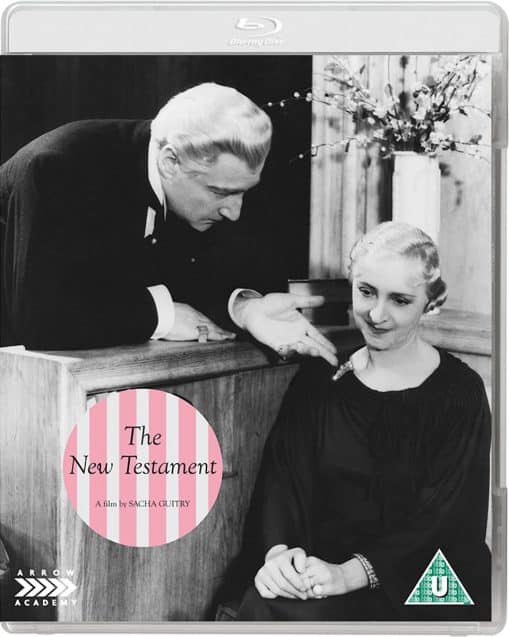
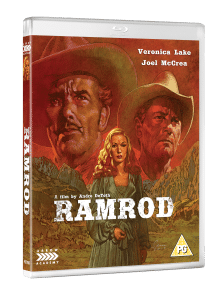 Dir: Andre De Toth | | Joel McCrea, Veronica Lake, Don Defore Western | US | 94′
Dir: Andre De Toth | | Joel McCrea, Veronica Lake, Don Defore Western | US | 94′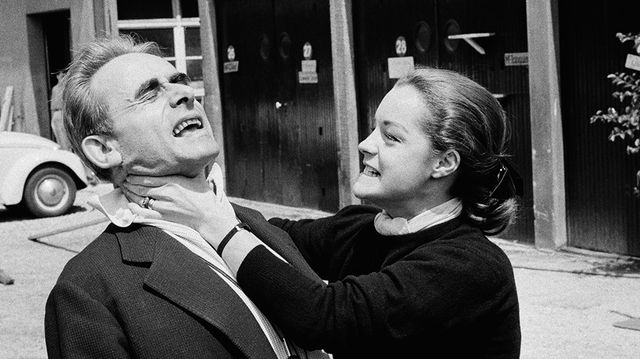
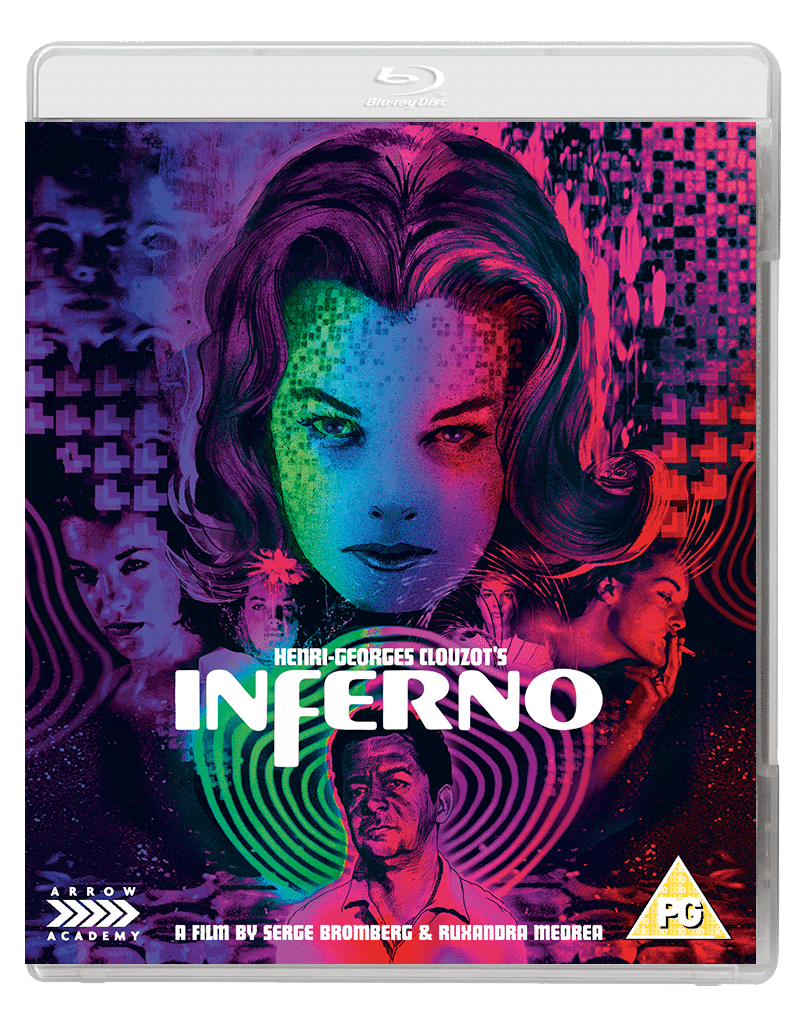
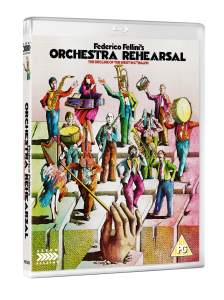 Dir.: Federico Fellini; Cast: Baldwin Baas, Elisabeth Labi; Italy/West Germany | 70′.
Dir.: Federico Fellini; Cast: Baldwin Baas, Elisabeth Labi; Italy/West Germany | 70′.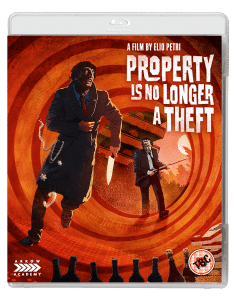 Dir: Elio Petri | Writer: Ugo Pirri | Cast: Ugo Tognazzi, Flavio Bucci, Daria Nicolodi | Italy | Comedy Drama 126′
Dir: Elio Petri | Writer: Ugo Pirri | Cast: Ugo Tognazzi, Flavio Bucci, Daria Nicolodi | Italy | Comedy Drama 126′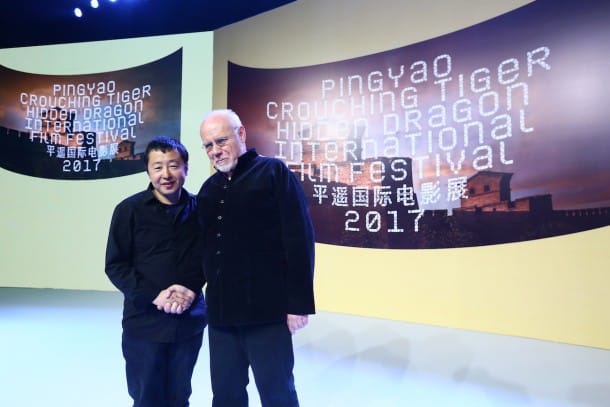
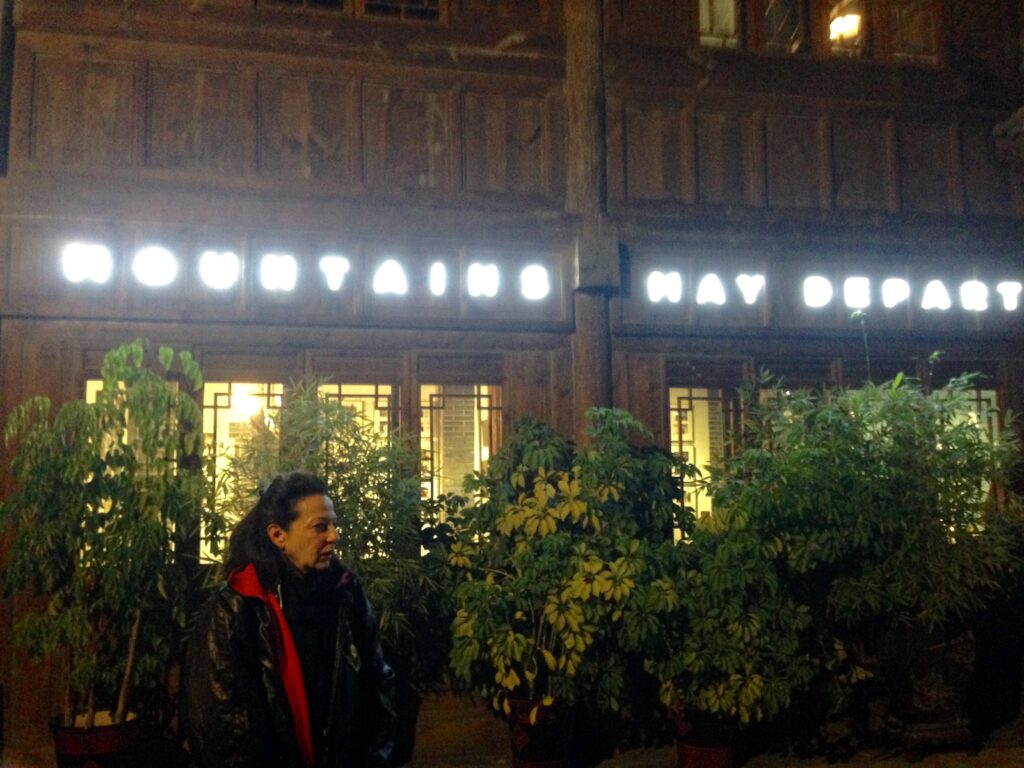
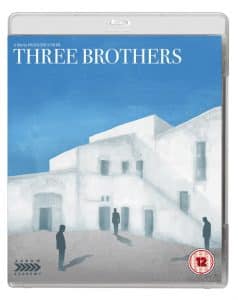
 US DRAMA –
US DRAMA – Filmmaker Maren Ade has created one of the most poignant and refreshingly humorous German arthouse comedy dramas of recent memory – it never drags despite its three-hour running time. Picturing the absurd and often awkward nature of family relationships, this is a life-affirming experience not to be missed, especially at Christmas time. After The Forest for the Trees and Everyone Else, Ade is working her way slowly but surely to the top as most of the most refreshing European writer directors around..
Filmmaker Maren Ade has created one of the most poignant and refreshingly humorous German arthouse comedy dramas of recent memory – it never drags despite its three-hour running time. Picturing the absurd and often awkward nature of family relationships, this is a life-affirming experience not to be missed, especially at Christmas time. After The Forest for the Trees and Everyone Else, Ade is working her way slowly but surely to the top as most of the most refreshing European writer directors around..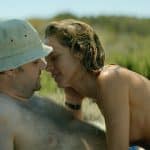 There’s something sad and awkwardly compulsive about this cautionary tale of a misguided intergenerational liaison between a lonely man and a glib young woman who meet in an island paradise. One of the best recent dramas about delusional love and its grim aftermath that perfectly epitomises the sinking realisation of being ‘over the hill’ on a holiday fling, while still holding on to the dream . Slim and but beautifully scenic and deeply resonant in its evergreen theme.
There’s something sad and awkwardly compulsive about this cautionary tale of a misguided intergenerational liaison between a lonely man and a glib young woman who meet in an island paradise. One of the best recent dramas about delusional love and its grim aftermath that perfectly epitomises the sinking realisation of being ‘over the hill’ on a holiday fling, while still holding on to the dream . Slim and but beautifully scenic and deeply resonant in its evergreen theme.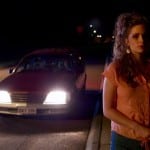 THRILLER –
THRILLER – 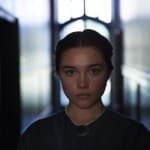 UK DEBUT –
UK DEBUT –  UK COMEDY –
UK COMEDY –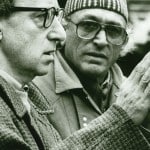
 Hopkins’ fraud of a film is full of middle-aged cyphers floating around in a fantasy world of the Seventies where they meet for coffee mornings and discuss worthy causes. But in the real place, this lot passed on decades ago to be replaced by the likes of Hugh Skinner’s fundraising nerd or the smiling Romanians touting The Big Issue at every street corner. Robert Festinger’s script teeters from crass to cringeworthy with no laughs to be had, and a score that jars. Hampstead is utterly specious and hollow – even Diane Keaton can’t save it.
Hopkins’ fraud of a film is full of middle-aged cyphers floating around in a fantasy world of the Seventies where they meet for coffee mornings and discuss worthy causes. But in the real place, this lot passed on decades ago to be replaced by the likes of Hugh Skinner’s fundraising nerd or the smiling Romanians touting The Big Issue at every street corner. Robert Festinger’s script teeters from crass to cringeworthy with no laughs to be had, and a score that jars. Hampstead is utterly specious and hollow – even Diane Keaton can’t save it.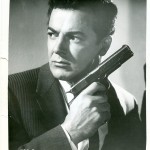 A fantastic box set that brings together dazzling high def print of some of the best films in the crime genre: THE DARK MIRROR (1946) starring Olivia de Havilland; Fritz Lang’s SECRET BEYOND THE DOOR (1947) with Joan Bennett and Michael Redgrave; FORCE OF EVIL (1948) directed by the underrated Abraham Polonsky; and Cornel Joseph H Lewis’ THE BIG COMBO (1955); with its terrific score by David Raksin with dynamite duo Cornel Wilde and Jean Wallace. The dual format edition comes with a hardback book on the films. MT
A fantastic box set that brings together dazzling high def print of some of the best films in the crime genre: THE DARK MIRROR (1946) starring Olivia de Havilland; Fritz Lang’s SECRET BEYOND THE DOOR (1947) with Joan Bennett and Michael Redgrave; FORCE OF EVIL (1948) directed by the underrated Abraham Polonsky; and Cornel Joseph H Lewis’ THE BIG COMBO (1955); with its terrific score by David Raksin with dynamite duo Cornel Wilde and Jean Wallace. The dual format edition comes with a hardback book on the films. MT